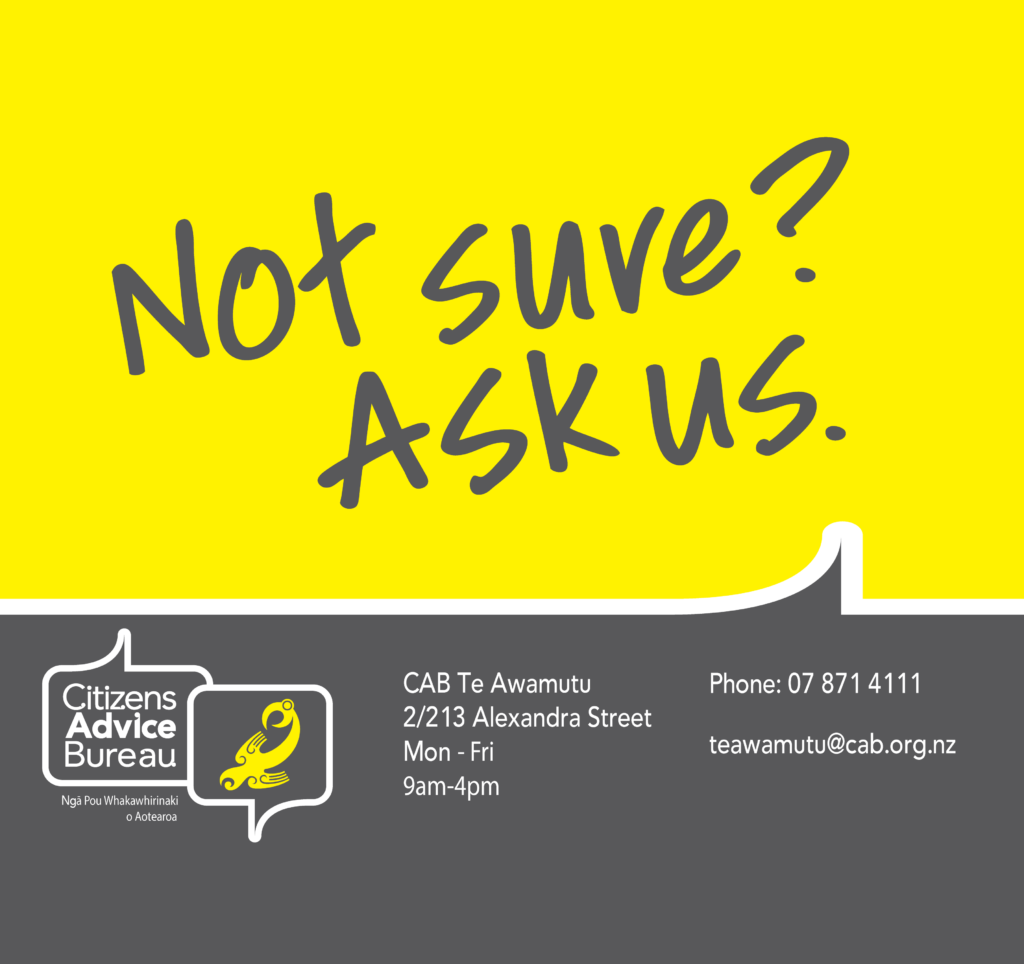
Janine Krippner
Last night (as I write this) there was a live burning of a house in Levin aired on Seven Sharp to show the realities of such an event.
My household watched the fire quickly grow out of control with a timer at the bottom of the screen to emphasise the scary speed. This happens to coincide with me starting a new, short-term project on fire risk in New Zealand this week, with the first stage looking into the scientific literature on what factors make households or communities more prone to fires. There are components of how we live that make us more at risk for house fires, and we can address many of them.
Why is a volcanologist working on a fire project? At a basic level, “risk” combines the likelihood of an event happening (like a lava flow, pyroclastic flow, or fire), with the people and things that might be harmed by the event. It gets infinitely more complicated from there with different mathematical and computer models that dig into the details.
It is important to understand who might need help if the dangerous thing happens, how we can distribute resources to help those people, and how we can help people recover, among other things. This is an analysis we also do with volcanic eruptions, and it was one I was discussing a lot in my recent Canary Islands work trip last month.
While I was working on the La Palma lava flows I saw plenty of fire damage. This ranged from near-total destruction with floors and roofs gone, to significant smoke damage. The very high temperatures of the lava flows can ignite vegetation and building materials, one of the hazards associated that these “safer” styles of eruptions (as opposed to the more explosive ones). The homes I saw were made of brick and concrete materials, it would be a very different story if they were wood structures. We cannot stop volcanic eruptions, but there are things we can do to prevent fires in everyday life and give ourselves a chance to make it out alive if one does occur.
Hearing that, increasingly, fires are caused by lithium batteries makes me feel a bit uneasy. I have pretty decent cooking skills and am safe in the kitchen, I don’t smoke, and I use heat pumps as opposed to more dangerous heating methods, all of these lower my risk of experiencing a house fire.
I do, however, have plenty of devices that contain lithium-ion batteries. The advice given is to not charge devices under a pillow, on carpet, on a bed or couch, or any other combustible materials; use the proper chargers given with the device; don’t charge your device overnight; keep an eye out for battery devices getting hot and avoid leaving them in areas where they are exposed to moisture and heat (please look up the Fire and Emergency New Zealand website for more).
This is a good reminder for all of us that there are very simple things we can do to improve the safety of ourselves and our loved ones. In hazard fields like volcanology, we spend a lot of time focused on how to keep people safe, sometimes this might be taking a moment to share a timely reminder to our home communities to have a quick chat about how to make your home a little safer.
If you are a firefighter or emergency responder reading this, thank you.









